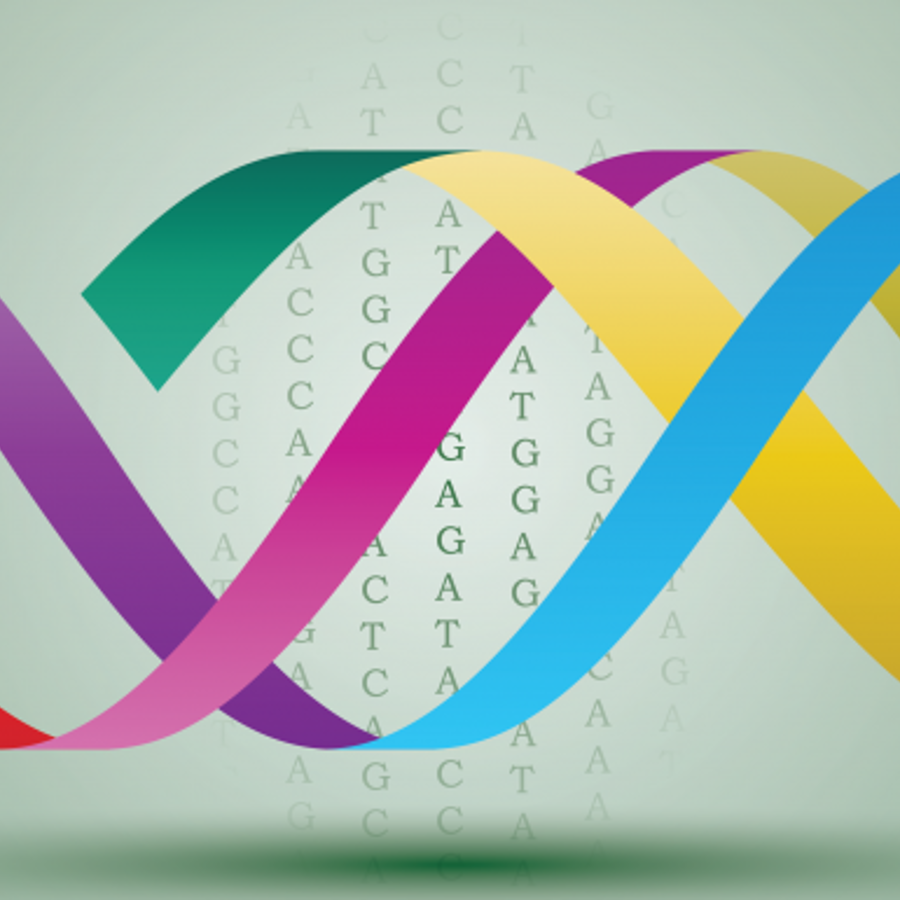
Does DNA ever take different shapes other than the double helix?
July 29, 2022

- Related Topics:
- Transcription and translation,
- DNA basics,
- Recombination
A visitor at The Tech Interactive asked:
“Does DNA ever take different shapes other than the double helix?”
Yes! Most people have probably seen DNA depicted as a double helix, with two chains twisting around each other to make a spiral staircase structure. But DNA, the all-important blueprint for making up who we are, definitely does not always take this shape!
First, let’s look into why DNA is a double helix in the first place. Then, we’ll get into why it sometimes takes other shapes.
DNA’s Twists and Turns
DNA is most often found in the classic double helix shape. This is made up of two strands running in opposite directions. Each strand will have nucleotide bases sticking out of it — those famous letters of A, T, C, and G. The bases from each strand match up in the middle to link together, with A pairing with T and C pairing with G.
The chemical properties of DNA cause it to adopt this shape naturally.
First, the base pairs themselves are hydrophobic. That means they want to avoid contact with water. Unfortunately, your cells are mostly made up of water, so the bases are surrounded by it. Fortunately, the outer backbone strands of DNA are hydrophilic and love water!
So the water-hating bases prefer to latch on to each other, with the outer backbone shielding them from the water. The full ladder shape then naturally twists to better hide those bases away in the center. This gives us our familiar DNA double helix shape.
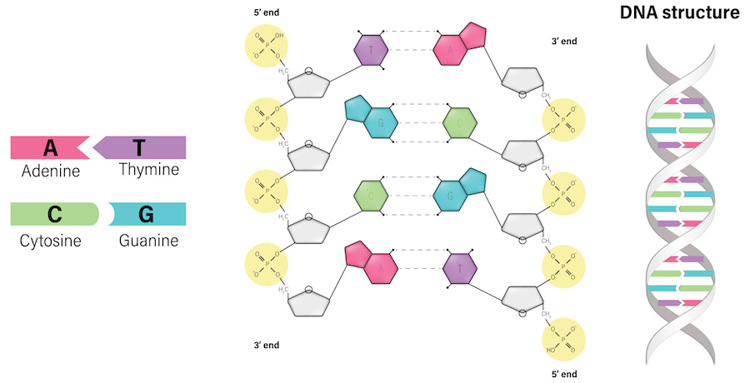
Opening the Double Helix?
Most of the time, the instructions that DNA contains are safely stored away in a double helix. But what about when the cell needs to actually use those instructions?
If a cell wants to use its DNA, it needs to unwind the double helix and access the base pairs. And there is a special enzyme that does exactly that: DNA helicase. Helicase moves along the DNA, breaking the bonds between base pairs to separate the strands of the double helix.
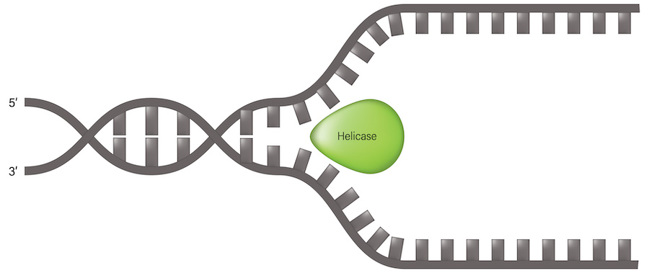
The DNA unzips like this for a couple of different reasons. For example, this happens when a cell wants to transcribe a gene into RNA. Helicase unwinds the DNA, and then an enzyme called polymerase copies it into an RNA molecule. As RNA polymerase passes by, the DNA naturally zips back up behind it since the base pairs would prefer not to be exposed to the watery cell environment.
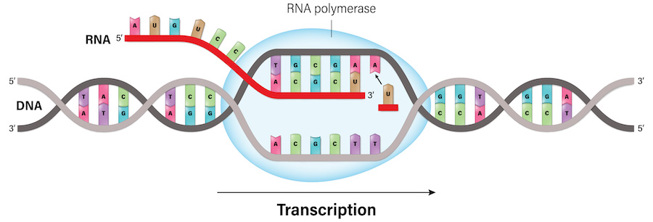
Similarly, before a cell divides, it has to copy all of its DNA. Again, helicase unwinds the DNA helix. Then each strand is copied by a DNA polymerase enzyme. At this time, DNA might look more like a fork in the road!

Single-stranded DNA
So far, we’ve talked about DNA as it looks like in our cells, where it usually looks like a double helix. But some organisms don’t have double helix DNA at all! Some viruses store all their genetic information in single stranded DNA that doesn’t pair up.
Single-stranded DNA can also be very useful in the lab, such as when you want to sequence a certain sample. Scientists will use heat to separate bonds between base pairs to turn double-stranded DNA helices into single strands. The single strands can then be used as templates for making new DNA with specially labeled bases, which can be read to figure out the original DNA sequence from the sample.
Cruciform DNA
Sometimes, the DNA bases on one strand are repeated in the opposite direction on the other strand. As a result, the repeated regions will bind to themselves and form cool structures such as hairpin loops and cruciforms.
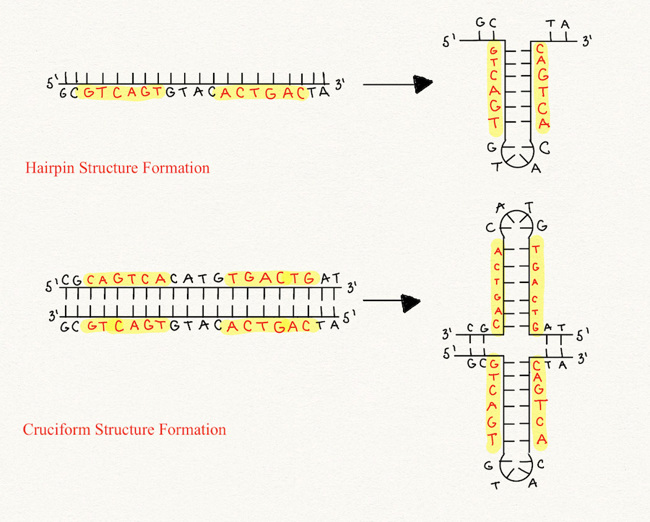
Another example of cross-shaped DNA is a Holliday junction, which links 2 different double-stranded DNA molecules during recombination. This allows different versions of DNA to be exchanged between copies and increases genetic diversity!
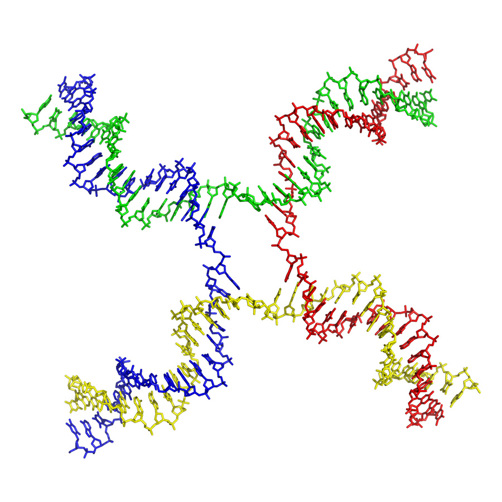
Triple Helix DNA
Occasionally, DNA even comes in the form of a triple helix! In this rare genetic structure, the third strand winds around the central double helix in the larger spaces left by the original staircase shape.
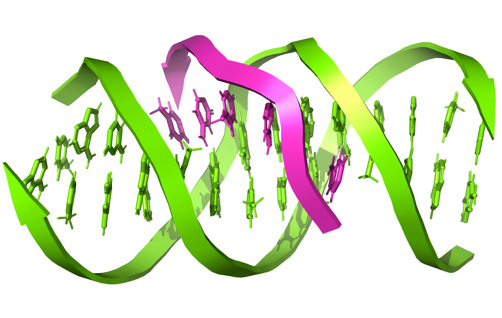
Although the function of this form of DNA is not well understood, it has been suggested that triple-stranded DNA helps regulate the expression of certain important genes. Having the extra strand might block transcription, replication, and protein production. Recent studies are also looking into engineering triple helix DNA at specific points in order to suppress certain genes involved in cell growth, and combat diseases such as cancer!

Author: Miriam Sun
When this answer was published in 2022, Miriam was a Ph.D. candidate in the Department of Developmental Biology, studying dynamic stem cell behaviors using the fruit fly gut in Lucy O’Brien’s laboratory. She wrote this answer while participating in the Stanford at The Tech program.
 Skip Navigation
Skip Navigation
